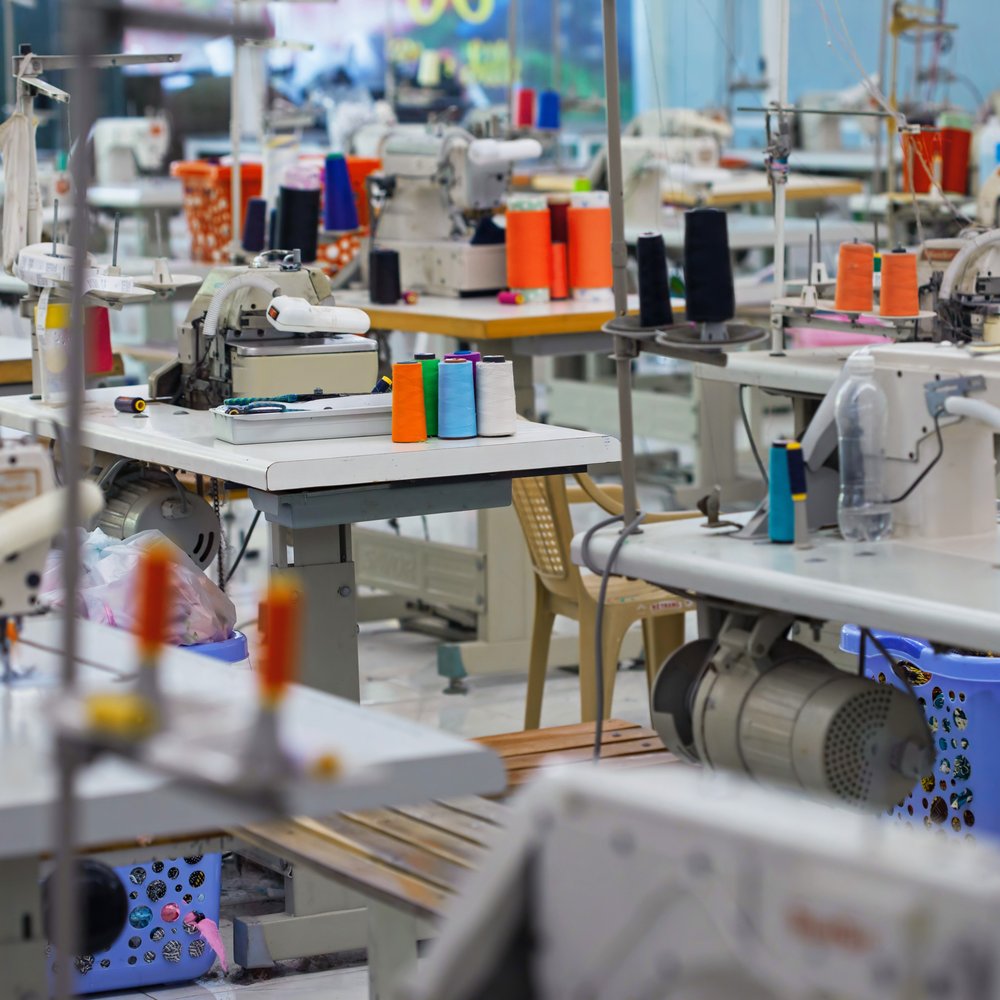Brazil: Thousands of workers in leather, textile, footwear & apparel industries affected by "catastrophic" floods

Shutterstock (purchased)
"As Southern Brazil Floods, Leather and Footwear Industry Hits ‘Peak Crisis’", May 16 2024
As persistent rains in Brazil‘s flood-stricken southernmost state show no signs of letting up, sussing out the extent of the damage remains a challenge.
[...]
....the state is a major cattle producer and leather processor, said Silvio Moraes, regional ambassador for Latin America at Textile Exchange. It’s also what he describes as one of the “main national centers” for footwear manufacturing, textile spinning and weaving, and garment manufacturing.
For the shoe and textile factories that are traditionally located along rivers, “peak crisis” could be an understatement, Moraes said.
“Most of them are in the river basins most affected by the current flood,” he said. “Most of these factories are family businesses that have grown over the last few decades from small ateliers to large factories producing for the national and international market. Almost all of them are located in the interior of the state, in municipalities that have these facilities [as] the basis of their development and job opportunities.”
... initial surveys by the Federation of Industries of the State of Rio Grande do Sul show that the sectors most affected by the floods are vehicles, machinery, furniture, food and footwear. Across the board, more than 43,000 factories, making up 86.4 percent of the state’s industries, were impacted in some way by the catastrophe.
It’s the individual stories, however, that show the human toll behind the statistics: Calçados Beira-Rio, one of Brazil’s largest footwear manufacturers, had only recently rebuilt one of its factories in the region after previous floods, only to have the same one destroyed again. In Porto Alegre, members of Justa Trama, a women’s cooperative that makes organic cotton textiles and clothing, watched as surges of water battered their homes, with their factory also at risk. The Werner footwear factory in the municipality of Três Coroas remains intact, but its “true foundations,” including employees, were “deeply impacted,” it wrote on Instagram ...
[...]
A tentative estimate by Open Supply Hub, an open-source platform that maps factories, notes that more than 4,000 fashion-related suppliers are likely in the affected zone. This isn’t the first time they’ve had to cope with unexpected flooding, said Bruna Gomes, its Brazilian country coordinator. What’s happening right now, however, is “worse and stronger.”
“I talked to two friends that work in the footwear sector and have contacts with local suppliers; they say the facilities lost materials, their stock and the employees all lost something, even their houses,” Gomes said. “Cities such as Três Coroas, Igrejinha and Novo Hamburgo, where there are a lot of factories, were heavily affected and…suppliers say that the situation feels like after the war. There are a lot of asks for donations to help the locals and the facilities to be back. As we know, for suppliers, it is already hard to survive in the market, and this situation can be the end of the business for some of them.”
[...]
“The goal is to rebuild the leather and footwear ecosystem, prioritizing its most valuable asset: people,” said [Brazil’s largest footwear and leather trade groups]. While there isn’t a tally of how many people or families have been affected, their joint rosters cover roughly 3,000 companies and 120,000 direct workers.
[...]